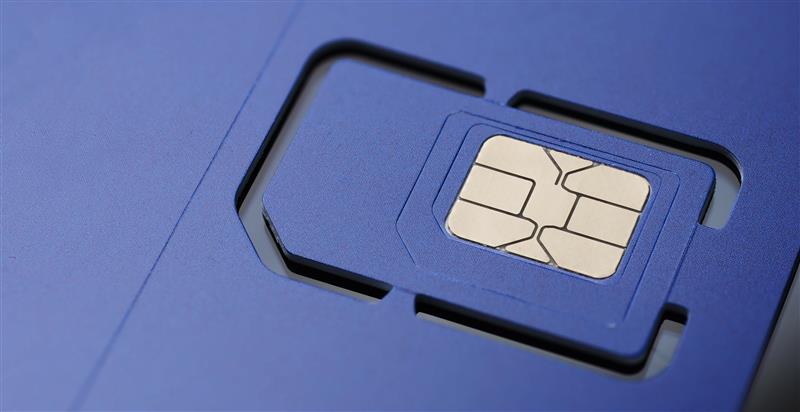The AIoT revolution is well underway. But while most businesses have heard the buzz, many are still unsure how to translate it into real-world results. If you’re looking for ways to embed AI into your IoT deployment without the overhead of a full data science team, this article is for you.
Instead of rehashing definitions, we’re going beyond theory. If you’re looking for a primer on AIoT, start with our foundational blog: Defining AIoT: Artificial Intelligence and the Internet of Things. Then come back to see how it works in practice.
Enhancing IoT applications with AI

From raw data to real-time insight
IoT is about sensing, transmitting, and reacting to data. AI enhances this process by detecting patterns, predicting failures, and automating responses, even when the input data is messy, noisy, or unstructured.
Applications include:
- Detecting machinery faults before they happen
- Spotting intruders through smart video feeds
- Tracking subtle health signals from wearable devices
AI on a budget
Contrary to popular belief, implementing AI doesn’t require an army of engineers. Many open-source models are available on platforms like GitHub, ready to be tailored to your specific use case. From facial detection to gesture control, much of the groundwork has already been done.
Top tip – Look at your data and ask: could an AI model extract more value from this? If yes, it’s time to explore.
Implementing AI at the Edge

AI doesn’t always belong in the cloud. For use cases requiring real-time decisions, such as facial recognition in security cameras or detecting structural faults, you’ll want lightweight AI models running directly on the device.
Edge AI delivers:
- Faster response times
- Reduced data transmission costs
- Greater data privacy
Be realistic. A large language model cannot run at the edge. Start small. Stay specific. Optimize for one task.
To support this, your device architecture needs the right mix of hardware, embedded software, and connectivity. Learn how our Infinity IoT Connectivity Platform helps here.
Optimizing network performance with AI
Dynamic, reliable connectivity
Your AI-powered IoT device is only as good as its ability to stay connected. As devices become more dependent on real-time data exchange with cloud-based AI models, it is essential to design them for Multi-Radio Access Technology (multi-RAT) connectivity. This ensures your IoT device can switch seamlessly between various network types based on availability, performance, and use case demands. AI can help manage this intelligently. Instead of static connectivity logic, multi-RAT IoT connectivity reinforced with AI enables:
- Real-time analysis of network state
- Selection of the best available route
- Seamless switching between cellular, Wi-Fi, LoRaWAN, or satellite
This represents the next phase of IoT performance: intelligent, responsive connectivity that continuously adapts to changing network environments and device requirements.
From reactive to proactive
IoT deployments often suffer from connectivity drops due to outages or congestion. AI changes this. By learning from network behaviour, it enables proactive rerouting and load balancing.
This is especially important for mission-critical use cases, such as Amazon’s Key for Business, where first-time delivery rates directly impact revenue.
Eseye’s AnyNet SMARTconnect™ plays a vital role in enabling this type of intelligent network orchestration.
Practical steps for integrating AI into IoT

- Audit your data: Understand what you’re collecting and what insights you need.
- Choose the right AI tool: NLP, image processing, LLMs, or simple anomaly detection.
- Decide on architecture: Edge vs. cloud AI.
- Prepare for scale: Ensure your infrastructure and connectivity can support your AI goals.
- Test early: Use small pilots to validate value.
Check out our recent episode of the IoT Leaders Podcast, The Intelligent Edge: AI’s Impact on IoT Architecture, with Simon Maselli, CEO and founder of Minnovation Technologies to get more practical advice and hear real-world AIoT case studies.
AIoT is already here
AI is a practical tool to unlock deeper insights, faster decisions, and more resilient deployments. Whether it’s enhancing application intelligence or optimizing connectivity, the impact is clear: better performance and improved business outcomes.
With accessible tools and smart platforms like Eseye’s, it’s easier than ever to take advantage.
Eseye brings decades of end-to-end expertise to integrate and optimise IoT connectivity delivering near 100% uptime. From idea to implementation and beyond, we deliver lasting value from IoT. Nobody does IoT better.

